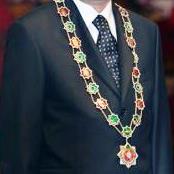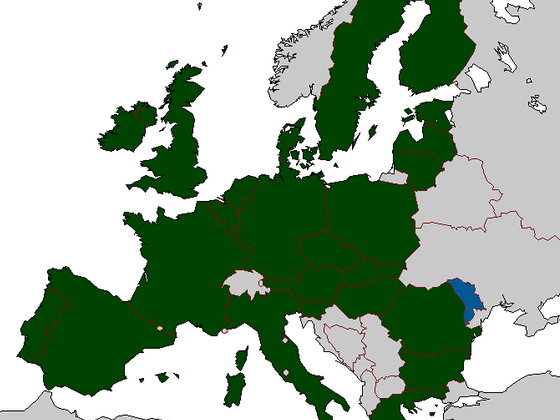Why have non-democratic regimes in the post-Soviet space been so durable? Some leaders whose human rights records are regularly criticized, from Belarus in the west to Kazakhstan in the east, have been in power now for close to two decades if not more. The formative experience of a whole new generation in Eurasia has thus been more of authoritarianism than democracy, dashing the hopes of many of their parents in the late Soviet period who thought they were experiencing the dawn of political freedom.
New research recently published by Milan Svolik, a political science professor at the University of Illinois, provides some fresh insights into why this is the case. He built a gigantic database of all authoritarian countries in the world for the period from World War II to 2008, collecting data on their various features for each of these years in order to identify factors associated with why some survive and some fall.
One finding that stands out is that dictatorships with legislatures are more stable than those that eschew them. This calls attention to a fact that is often overlooked regarding post-Soviet countries: None of them, even bizarrocratic Turkmenistan, have gone so far as to completely abolish legislatures as have dictatorships in many countries of the world over the years. While observers often consider these post-Soviet legislatures to be meaningless, nothing more than rubber stamps and window dressing, Svolik finds that behind the scenes they serve important purposes for rulers. In particular, they enhance dictators’ ability to monitor their society’s elites and facilitate their buy-in to the regime. This concurs with important earlier research by Jennifer Gandhi, an Emory University political scientist, who finds that authoritarian parliaments—even when they may on the surface appear to be merely clubs of rulers’ supporters—facilitate coalition-building that can help the autocrat stay in power.
Svolik’s research also shows that authoritarian regimes tend to be stronger when they rule through a dominant party. Of course, post-Soviet experience shows that parties are not absolutely necessary: Aleksandr Lukashenka has long dominated politics in Belarus without needing a party of his own. But many post-Soviet leaders have used them, and this appears to be to their advantage. This finding, of course, is not so surprising to those steeped in the study of Communist regimes, where the Party was always central to autocratic practice. But the evidence is new and powerfully demonstrates the validity of this belief.
These findings are part of an important ongoing research agenda in political science that is shedding new light on the sources of authoritarian endurance. This research bears watching for all who are interested in politics in and policy on Eurasia.
More on Svolik’s book, The Politics of Authoritarian Rule (Cambridge, 2012), awarded a prize earlier this year by the American Political Science Association, can be found on the publisher’s website.










